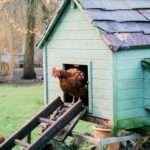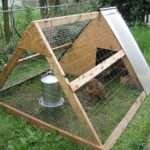When it comes to raising chickens, providing them with a suitable shelter is crucial for their well-being and safety. A well-designed chicken shelter not only protects your feathered friends from the elements but also safeguards them from predators. In this guide, we’ll walk you through our checklist to build a budget friendly chicken coop, including the necessary equipment and structures. We’ll explore various options, discuss their features and benefits, and provide cost considerations to help you make informed decisions that align with your budget and the needs of your flock.
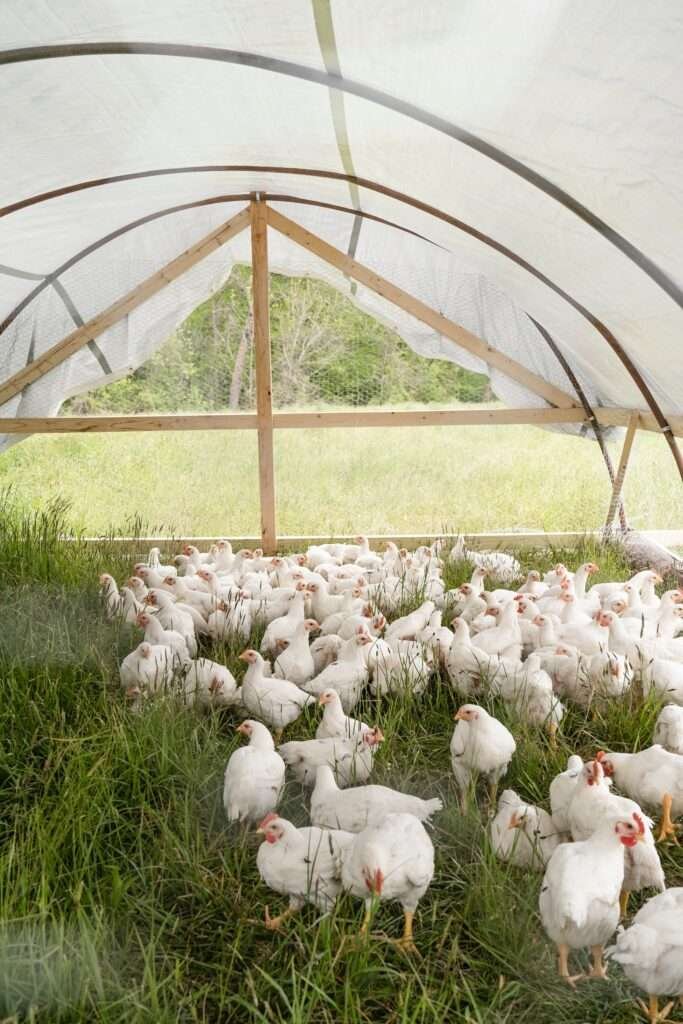
Chicken Coops: A Secure Haven for Your Flock
Chicken coops are essential structures that provide shelter, roosting space, and nesting areas for your chickens. When selecting a coop, consider the following factors:
- Size and Space Requirements: Ensure that the coop provides adequate space for your flock to move around comfortably. The general rule of thumb is to allocate at least 4 square feet per chicken inside the coop and 8-10 square feet per chicken in the outdoor run area.
- Security Measures: Choose a coop with sturdy construction and predator-proof features, such as lockable doors, heavy-duty wire mesh, and reinforced windows. These precautions will protect your chickens from predators like raccoons, foxes, and neighbourhood dogs.
- Ventilation and Light: Good airflow is crucial to maintaining a healthy coop environment. Look for coops with adequate ventilation through windows, vents, or mesh openings. Additionally, consider natural lighting by selecting coops with windows or light panels to provide sufficient daylight.
- Nesting Boxes: Coops should have dedicated nesting boxes where your hens can comfortably lay their eggs. Aim for one nesting box per 3-4 hens, ensuring the boxes are well-insulated and lined with nesting material like straw or wood shavings.
- Easy Maintenance: Look for coops that offer convenient access for cleaning, egg collection, and general maintenance tasks. Features like removable floors, sliding trays, and hinged roofs simplify the cleaning process.
Cost Considerations:
Chicken coops can vary significantly in price depending on factors such as size, materials, and additional features. Here is a rough breakdown of cost scaling from least expensive to most:
- DIY Coop: Building a coop yourself can be the most cost-effective option, with costs ranging from $100 to $500 or more, depending on the materials and size you choose. Utilize reclaimed or repurposed materials to reduce expenses further.
- Prefabricated Coop Kits: Prefabricated coop kits offer convenience and affordability, typically ranging from $300 to $800. These kits provide pre-cut pieces and instructions for easy assembly.
- Custom-Built Coops: Custom-built coops allow you to design a shelter tailored to your specific needs. Costs for custom-built coops can range from $500 to $2000 or more, depending on the size, materials, and additional features.
Chicken Runs: Enclosed Outdoor Space for Exercise and Protection
Chicken runs are enclosed outdoor spaces attached to the coop, providing your chickens with room to exercise and access to fresh air. Consider the following factors when choosing a chicken run:
- Size and Space: Ensure the run offers ample space for your chickens to roam, scratch, and forage. As mentioned earlier, aim for 8-10 square feet per chicken in the run area.
- Security: Select runs with sturdy fencing, ideally made of welded wire mesh, to protect your chickens from predators. Make sure the fencing is buried at least 12 inches underground to prevent digging by predators.
- Access: Look for runs with easy access points for you to enter and perform routine maintenance tasks, such as cleaning or collecting eggs.
- Sun Protection: Consider runs with partially covered areas to provide shade and protection from extreme weather conditions. This can be achieved through roofing or using tarps.
Cost Considerations:
The cost of chicken runs can vary depending on size, materials, and additional features. Here is a rough breakdown of cost scaling:
- DIY Runs: Building a chicken run yourself can range from $50 to $500, depending on the size and materials you choose. Utilize reclaimed or repurposed materials to reduce costs further.
- Prefabricated Runs: Prefabricated chicken runs can range from $300 to $1000, depending on the size and materials used. These runs come with pre-made panels and can be easily assembled.
- Custom-Built Runs: Custom-built runs designed to your specifications can cost $500 to $2000 or more, depending on the size, materials, and additional features.
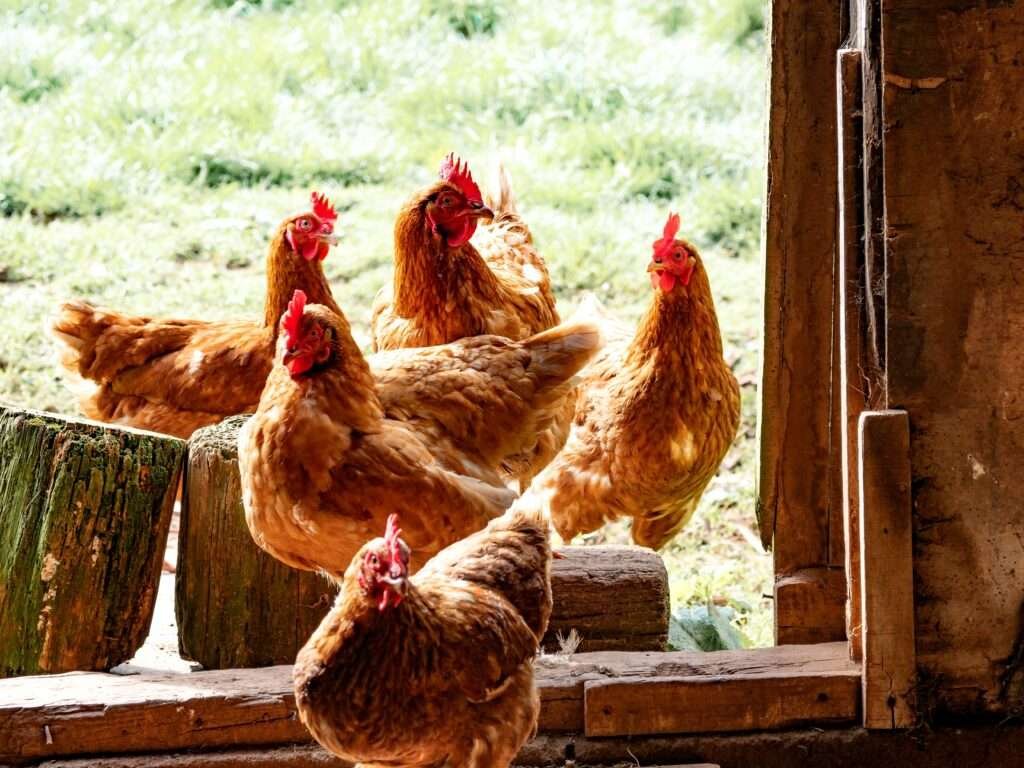
Automation: Streamlining Chicken Shelter Management
Automation can significantly simplify the management of your chicken shelter. Consider the following automation options:
- Automatic Doors: Installing automatic doors can save you the hassle of manually opening and closing the coop every day. These doors can be programmed to open and close at specific times, ensuring the safety of your flock.
- Automatic Feeders and Waterers: Automatic feeders and waterers can provide a constant supply of food and water to your chickens, reducing the frequency of refilling and ensuring they have access to essentials throughout the day.
Cost Considerations:
Automation options may require an additional investment, but they can save time and provide convenience. Here is a rough breakdown of cost considerations:
- Automatic Doors: Automatic door openers can range from $100 to $300, depending on the features and brand you choose.
- Automatic Feeders and Waterers: Automatic feeders and waterers can range from $20 to $100, depending on the size and functionality.
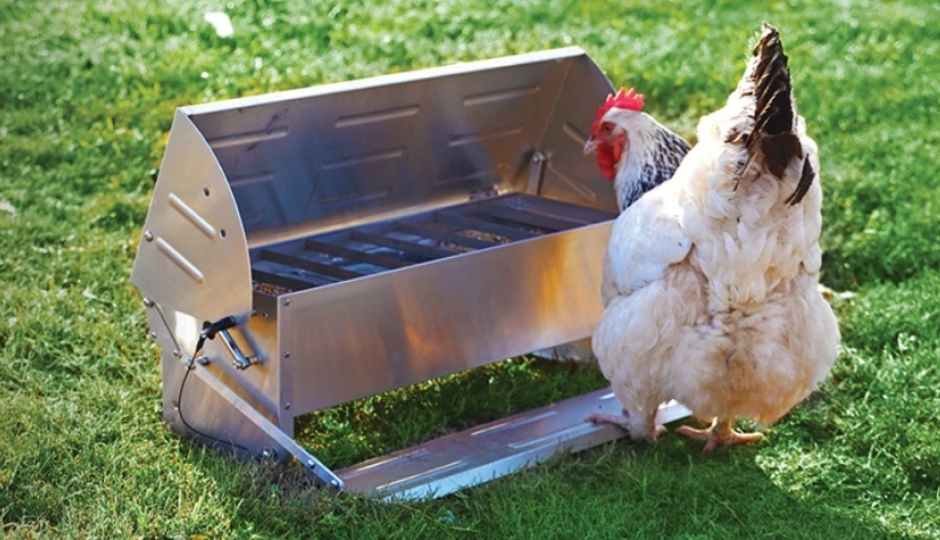
Protecting Your Chickens: Considerations for Shelter Security
When providing shelter for your chickens, it’s essential to protect them from various threats, including predators, inclement weather, and disease. Consider the following protective measures:
- Predator-Proofing: Ensure your coop and run are predator-proof, utilizing features such as sturdy fencing, locks on doors, buried wire mesh, and secure latches. Regularly inspect and reinforce any vulnerable areas.
- Weather Protection: Insulate your coop to protect your chickens from extreme temperatures. Provide proper ventilation to prevent heat build-up in summer and frostbite during winter. Consider adding windows that can be opened or closed as needed.
- Disease Prevention: Maintain cleanliness in the coop by regularly removing droppings, refreshing bedding, and disinfecting as necessary. Quarantine new chickens before introducing them to your flock to prevent the spread of diseases.
Conclusion
Providing a safe and secure shelter for your chickens is paramount to their health and well-being. By considering the essential equipment and structures, cost considerations, and protective measures outlined in this guide, you can create a comfortable environment for your flock while ensuring their safety from predators, extreme weather, and disease. Remember to evaluate your specific needs, budget, and the size of your flock when selecting the right shelter options. With a well-designed chicken shelter, you can enjoy the rewards of raising happy and healthy chickens in your backyard.

